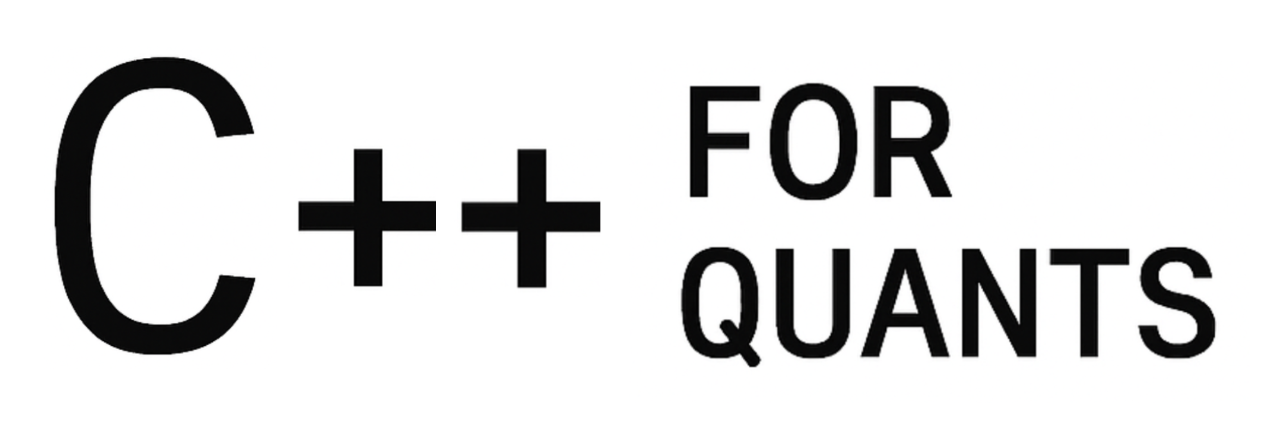Amidst the market’s swirling uncertainties, investors found themselves facing a stark contrast between their expectations and the reality unfolding before them. As the finance world grappled with the implications of China’s BYD charging station expansion in South Africa and the global economic landscape, a deeper understanding of these events’ broader context became essential.
In our upcoming article, we will explore the nuances of these developments, drawing insights from the perspectives of industry leaders. From Mishal Husain’s incisive interviews with world leaders to the AI-driven analysis of market trends, we aim to provide our readers with a comprehensive understanding of the forces shaping the financial landscape.
Additionally, we will delve into the recent announcement by Swiss food giant Nestlé, which plans to cut 16,000 jobs, shedding light on the broader implications for the industry and the global economy. Through this multifaceted exploration, we hope to equip our audience with the knowledge and tools necessary to navigate the ever-evolving financial terrain.
🎥 China’s BYD Plans 200 to 300 Charging Stations in South Africa by End 2026 (Bloomberg)
In this conceptually rich and didactic presentation, we delve into the strategic expansion plans of Chinese electric vehicle manufacturer, BYD, in the South African market. Executive Vice President Stella Li outlines the firm’s ambitious goal to establish between 200 to 300 fast-charging stations across the country by the end of 2026, signaling a concerted effort to bolster its global footprint. The initial stages of this initiative involve the establishment of dealerships within South Africa, underscoring BYD’s commitment to ensuring a seamless customer experience as it navigates the local landscape. This strategic move aligns with the company’s broader objective to drive the adoption of electric vehicles, positioning it as a key player in the evolving mobility landscape of South Africa.
🎥 How Mishal Husain holds world leaders to account #politics #podcast (Bloomberg)
In a time of global uncertainty, effective communication and accountability from world leaders have become paramount. This insightful video examines how acclaimed broadcaster Mishal Husain deftly navigates high-stakes interviews, holding policymakers and decision-makers to account with unwavering professionalism. Viewers will gain valuable insights into Husain’s incisive questioning techniques, her ability to extract meaningful responses, and her commitment to uncovering the truth – essential skills for any institutional investor seeking to stay informed and make informed decisions. Packed with real-world examples and practical takeaways, this video offers a masterclass in journalistic excellence, providing a roadmap for investors to better understand and engage with the complex geopolitical landscape.
🎥 AI, Fed Bets Give Dip Buyers Fresh Boost: 3-Minute MLIV (Bloomberg)
The video presents a risk analyst’s perspective on the current market conditions, highlighting potential exposures, vulnerabilities, and resilience factors. The analysts discuss the impact of AI and Federal Reserve bets on investor sentiment, prompting a fresh boost in dip buying. The video examines the potential risks and opportunities associated with the jumbo Fed cut wagers, as well as the implications of the yen’s movement and Japan’s political landscape on the broader market. Overall, the video provides a comprehensive analysis of the key themes and factors influencing the financial markets, enabling analysts and investors to make informed decisions.
🎥 Swiss Food Giant Nestlé Announces Plans to Cut 16,000 Jobs (Bloomberg)
In the annals of corporate restructuring, the announcement by the Swiss food conglomerate Nestlé to slash 16,000 jobs, amounting to 6% of its global workforce, stands as a testament to the evolving landscape of the consumer goods industry. This strategic move, coming just weeks after the replacement of the company’s chief executive officer, underscores the need for multinational corporations to adapt to the shifting tides of consumer preferences and market demands. As the maker of iconic brands like Nespresso and KitKat grapples with the challenges of a rapidly changing business environment, this decision reflects the broader trends shaping the finance and manufacturing sectors, where companies must constantly reinvent themselves to maintain their competitive edge and ensure long-term sustainability.
♟️ Interested in More?
- Read the latest financial news: c++ for quants news.












